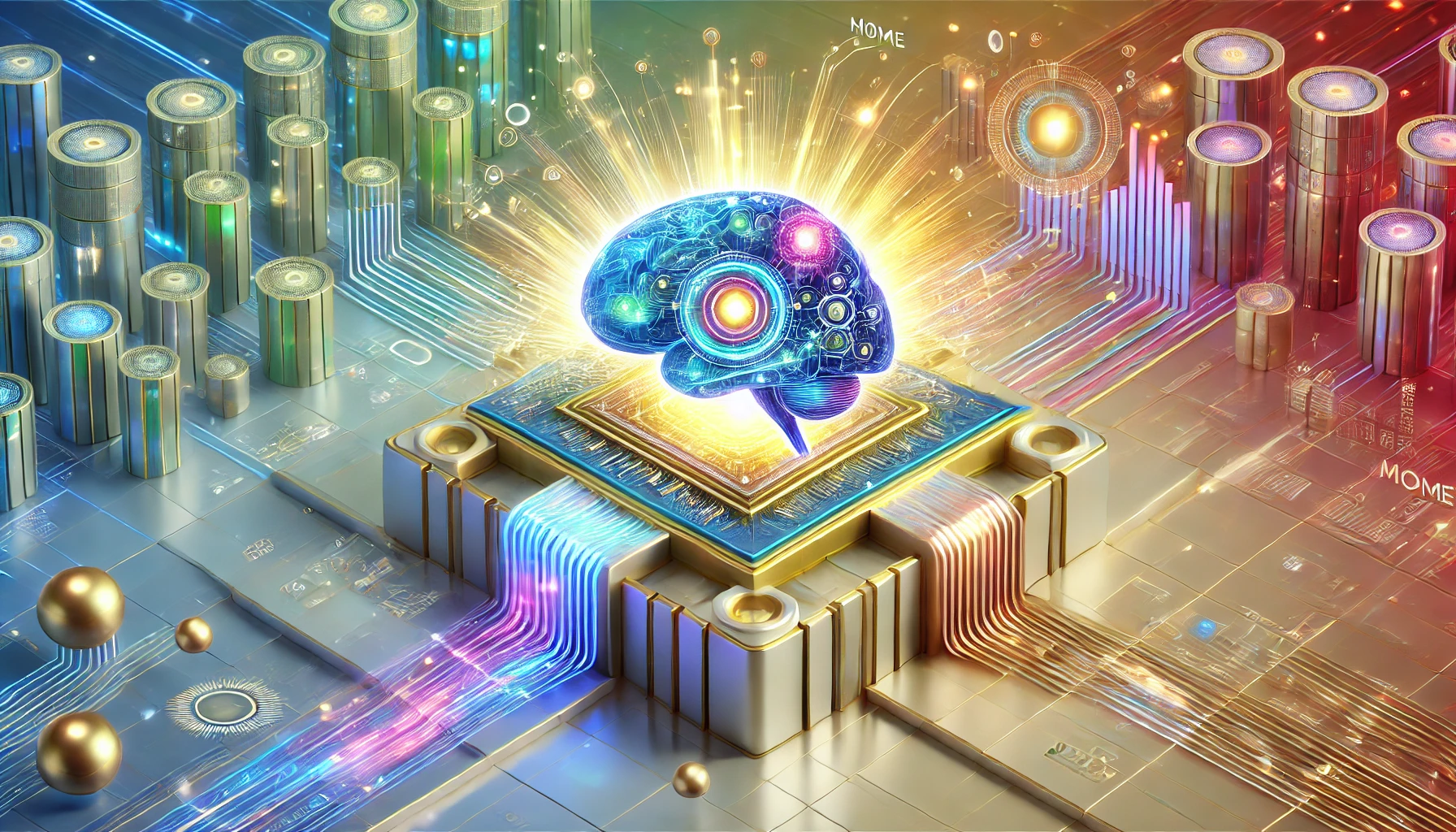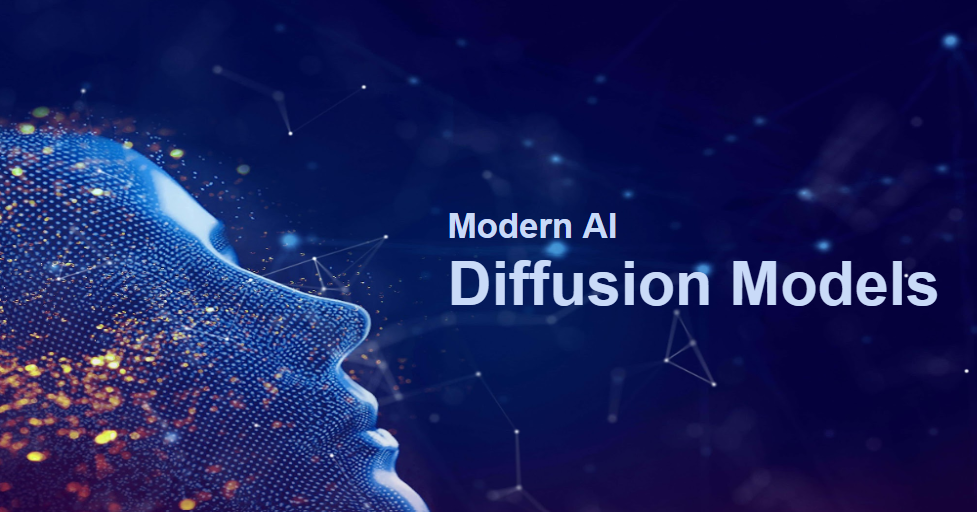What Are AI Hallucinations?
In the world of artificial intelligence, particularly with language models and generative AI, an AI hallucination refers to the generation of false or misleading content that appears confident and plausible. This is a major challenge for tools like ChatGPT, Google Bard, and image generation models, where the AI might invent facts, misquote sources, or create unrealistic visuals.
Why AI Hallucinations Happen
AI models generate responses based on patterns in the data they were trained on. However, they do not have true understanding or access to real-time facts unless specifically connected to external sources. As a result, when facing:
-
Incomplete training data
-
Ambiguous prompts
-
Out-of-distribution queries
…the model may “hallucinate” an answer that sounds logical but is completely wrong.
Top Methods to Fix AI Hallucinations
-
Retraining with High-Quality Data
One of the most effective methods is to fine-tune models on accurate, domain-specific datasets. This minimizes the chance of generating unrelated or false responses. -
Reinforcement Learning from Human Feedback (RLHF)
Using human evaluations, models can be taught to prefer factual responses and reject hallucinated outputs. This technique was used heavily in training modern large language models. -
Chain-of-Thought Prompting
Encouraging the AI to “think step by step” helps it break down reasoning logically rather than jumping to a false conclusion. This reduces hallucinations in tasks requiring logic or math. -
External Knowledge Integration
Connecting AI to real-time databases, search engines, or knowledge graphs allows it to retrieve verified facts instead of inventing them. For example, combining a language model with a retrieval system improves factual accuracy. -
User Feedback Mechanisms
Allowing users to flag hallucinated content can guide future updates and help the system learn from mistakes over time. -
Guardrails and Constraints
By limiting AI outputs to predefined formats, categories, or verified information sources, developers can reduce randomness and hallucination.
The Path Ahead
As AI tools become more powerful, fixing hallucinations will be critical for building trustworthy, reliable systems. Future models will likely combine language understanding, retrieval capabilities, and real-time data to minimize errors and improve factual grounding.
Conclusion
AI hallucinations are a serious but solvable problem. With the right combination of data, design, and feedback, we can build AI systems that are not just smart — but also accurate, transparent, and safe for real-world use.

